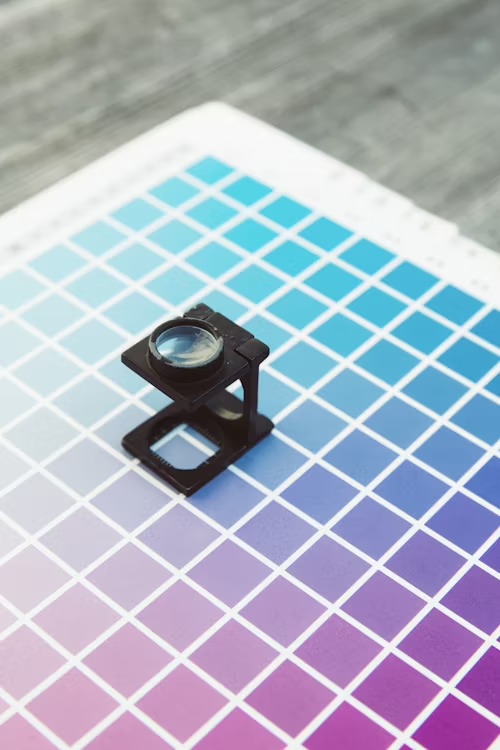How to tailor your event graphics to fit different types of event spaces and venues
Designing event graphics is a crucial element in creating a memorable and impactful event. However, the effectiveness of your graphics can be significantly influenced by the type and layout of the event space or venue. Adapting your graphics to suit various environments is essential for ensuring that your visual materials enhance the overall event experience. This guide explores key strategies for tailoring event graphics to different types of event spaces and venues.
1. Understanding Different Event Spaces
1.1. Indoor vs. Outdoor Venues
- Indoor Venues: These spaces typically offer controlled environments where temperature, lighting, and weather conditions can be managed. Graphics for indoor events should focus on high-quality finishes and can incorporate various materials such as fabric, vinyl, or acrylic.
- Outdoor Venues: Outdoor events require weather-resistant graphics. Materials like weatherproof vinyl, mesh banners, and UV-resistant inks are essential for durability. Additionally, consider the effects of natural light and ensure that your graphics remain visible and vibrant.
1.2. Large vs. Small Spaces
- Large Spaces: In expansive venues such as convention centers or arenas, large-scale graphics and signage can make a significant impact. Use bold colors, large fonts, and high-resolution images to capture attention from a distance.
- Small Spaces: For more intimate settings like conference rooms or breakout areas, graphics should be scaled appropriately. Use clear, concise designs that are easy to read up close, and focus on creating a cohesive visual experience within the limited space.
2. Adapting Graphics to Venue Layouts
2.1. Layout Considerations
- Open Layouts: In venues with open layouts, such as exhibition halls, graphics should be designed to stand out from various angles. Use strategic placements and high-impact visuals to draw attention from different areas of the space.
- Divided Spaces: For venues with multiple rooms or sections, ensure that graphics are consistent across all areas to maintain a unified theme. Tailor graphics to fit each section’s unique characteristics while maintaining overall cohesion.
2.2. Traffic Flow and Visibility
- High-Traffic Areas: Place key graphics in high-traffic areas such as entrances, registration desks, and main corridors. This ensures maximum visibility and engagement with your event messaging.
- Hidden or Low-Traffic Areas: For areas with less foot traffic, use creative and interactive elements to capture attention. Consider incorporating digital displays or interactive signage to enhance engagement.
3. Material Selection for Different Environments
3.1. Choosing the Right Materials
- Fabric and Textiles: Ideal for indoor events, fabric graphics offer a sophisticated look and can be used for backdrops, banners, and hanging displays. They are lightweight and easy to transport but may require special care to maintain their appearance.
- Vinyl and Laminates: Vinyl graphics are versatile and durable, suitable for both indoor and outdoor use. They are resistant to weather and can be used for large banners, wall decals, and floor graphics.
- Acrylic and Foam Board: These materials provide a premium look for indoor signage and displays. Acrylic is particularly useful for elegant signage, while foam board offers a lightweight and cost-effective option.
3.2. Weather Considerations
- Rain and Humidity: For outdoor events in rainy or humid conditions, use waterproof and moisture-resistant materials. Laminated graphics and treated vinyl are excellent choices.
- Sun Exposure: UV-resistant inks and materials are essential for events with significant sun exposure. This prevents fading and ensures that your graphics maintain their visual impact.
4. Tailoring Graphics to Event Themes
4.1. Aligning with Event Themes
- Thematic Consistency: Ensure that your graphics align with the overall theme of the event. Whether it’s a corporate conference, a music festival, or a trade show, graphics should reflect the event’s branding and atmosphere.
- Custom Design Elements: Incorporate theme-specific design elements into your graphics. For example, use festive graphics for holiday events or sleek, modern designs for tech conferences.
4.2. Venue-Specific Adjustments
- Architectural Features: Adapt graphics to complement or enhance the venue’s architectural features. Use the venue’s layout and design elements to create visually harmonious graphics that integrate seamlessly with the space.
- Cultural and Regional Considerations: For events in diverse locations, consider local cultural and aesthetic preferences. Tailor graphics to resonate with the regional audience while respecting cultural norms and values.
5. Partner with Experts for Optimal Results
Designing graphics that adapt effectively to different event spaces and venues requires expertise and experience. EventGraphics specializes in creating tailored graphic solutions that enhance any event environment.
EventGraphics – The Event Graphic Specialists is committed to delivering high-quality, customized graphics that meet your specific venue needs. Contact us today to learn how we can help you design and implement graphics that perfectly fit your event space and make a lasting impact.
By understanding the unique characteristics of different event spaces and tailoring your graphics accordingly, you can create a visually stunning and cohesive event experience. Adapting to various environments ensures that your graphics not only look great but also function effectively in any setting.

